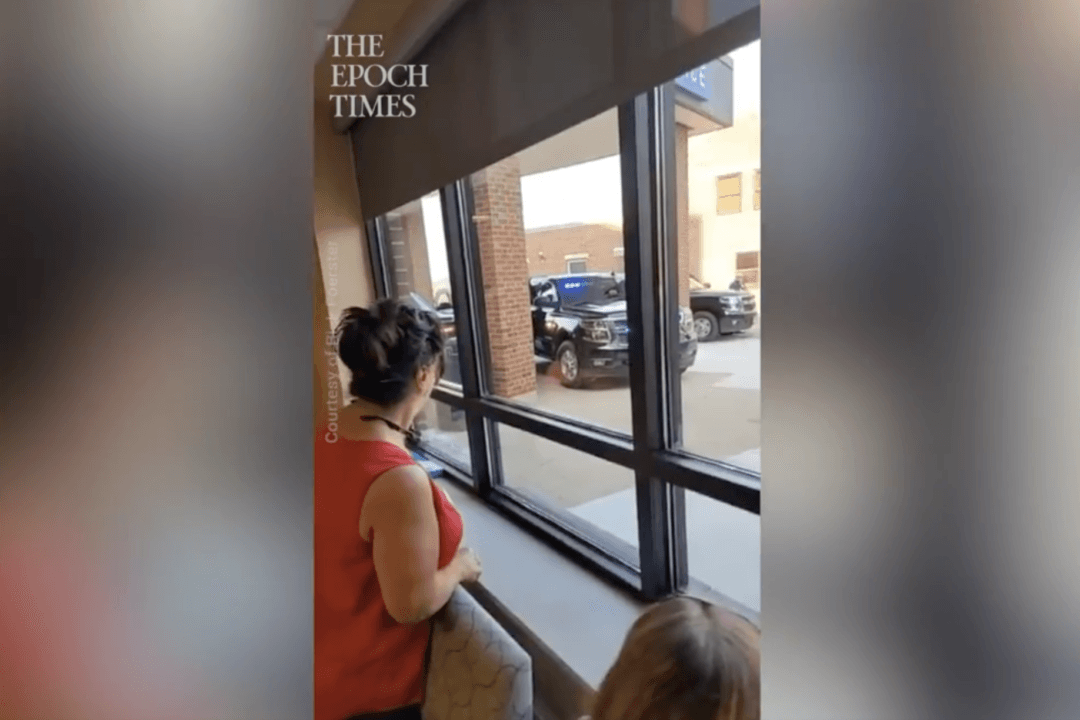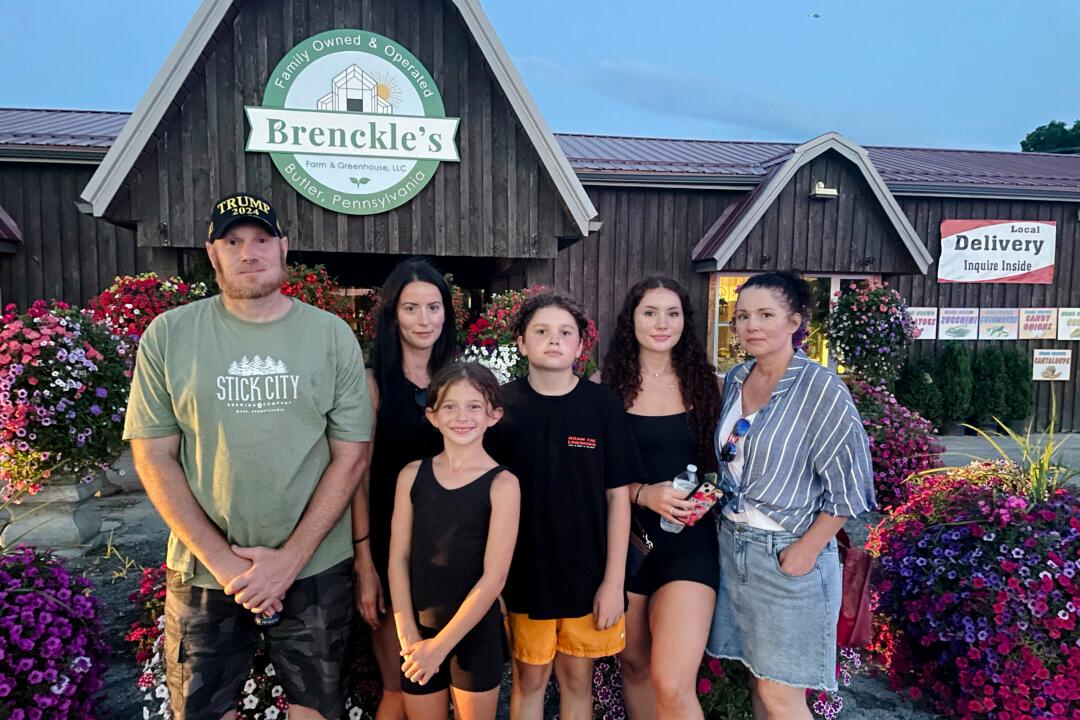In Goodhue, Minnesota, population 1,252, the entire police force is quitting as of Aug. 24. All have found jobs in surrounding police departments that offer higher pay; that includes Goodhue Police Chief Josh Smith, one full-time officer, and five part-time officers.
Mr. Smith didn’t respond to a request for comment, but in a recent city council meeting, he indicated that the pay offered by the city is too low to attract new employees. A new officer with police training but no job experience would have been offered $22 per hour, but the city is reevaluating the rate.





